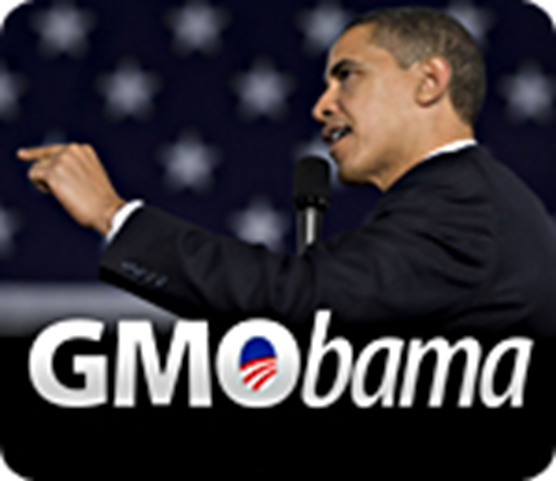President Obama’s pen has stayed so busy signing executive orders (EO) that it’s surprising it hasn’t yet run dry, and as his days in the Oval Office wind down, he has added another one to his lengthy list of such orders. The recent “Advancing the Global Health Security Agenda to Achieve a World Safe and Secure from Infectious Disease Threats” EO is particularly significant in that it may have put a halt to all non-GMO agriculture in the United States.
Key points of the EO
Section 1 of the EO includes some disturbing points:
“As articulated in the National Strategy for Countering Biological Threats and implemented in Presidential Policy Directive 2 (PPD-2), promoting global health security is a core tenet of our national strategy for countering biological threats. No single nation can be prepared if other nations remain unprepared to counter biological threats; therefore, it is the policy of the United States to advance the Global Health Security Agenda (GHSA), which is a multi-faceted, multi-country initiative intended to accelerate partner countries’ measurable capabilities to achieve specific targets to prevent, detect, and respond to infectious disease threats (GHSA targets), whether naturally occurring, deliberate, or accidental.” [Emphasis added]
Coordinated effort with military backup
Section 2 of the EO states that the “Council” will include personnel from a multitude of federal government agencies, including the Departments of State, Defense, Justice, Agriculture, Health and Human Services, and Homeland Security, as well as the Environmental Protection Agency and Centers for Disease Control and Prevention.
The Department of Defense (DOD) may “facilitate implementation and coordination of Department of Defense programs to further the GHSA, as well as provide technical expertise to measure and evaluate progress in countries the United States has made a commitment to assist.” In other words, the military will enforce this EO if deemed necessary.
Connection to GMOs
How does this tie in with GMOs? The government claims that farm animals are supposedly infected (but typically are not) and must be slaughtered to make way for their “vastly upgraded” counterparts, which are genetically engineered and thus patented and owned by global organizations. The public receives a fear-based agenda riddled with hysteria over disease threats, and they respond to that by willingly going along with the GMO agenda. It’s a convenient agenda for the powers that be, as it allows them to maintain tight control of the food supply while attempting to obliterate small and organic farms.
Unrealistic aims and better alternatives
The EO is titled “Advancing the Global Health Security Agenda to Achieve a World Safe and Secure from Infectious Disease Threats,” but achieving a world like that is unrealistic. Infectious disease threats have always existed on this planet. The title implies a fear of infections, which is portrayed in the popular music video Vaccine Zombie by Mike Adams. As the lyrics say, “I’m afraid of invisible germs … .” Rather than promoting GMOs and toxic initiatives to address infectious disease concerns, a more effective approach involves educating people to lead healthy lifestyles through nutrition and other immune system-fortifying natural strategies.
Action steps
Don’t be fooled by the impressive- and altruistic-sounding title of this EO. Spread the word about GMO dangers by working to inform family and friends through intelligent conversations and the sharing of relevant online content. We can take back our food supply and end the danger of GMOs for ourselves and future generations. Stay tuned as the GMO issue continues to unfold, and be grateful that Obama’s days of signing his name to oppressive executive orders are rapidly winding down as the January inauguration approaches.
Sources:



